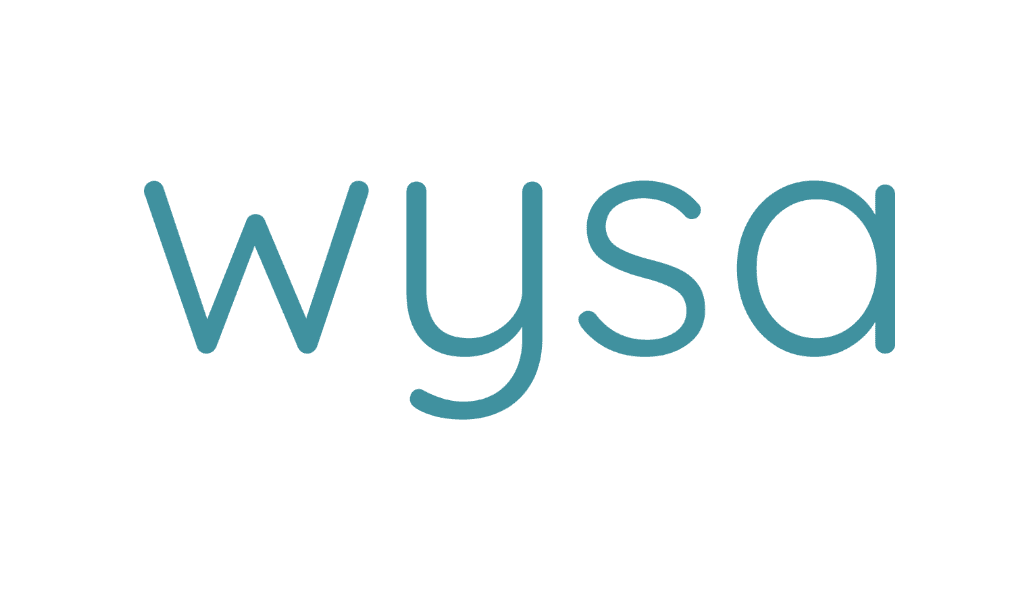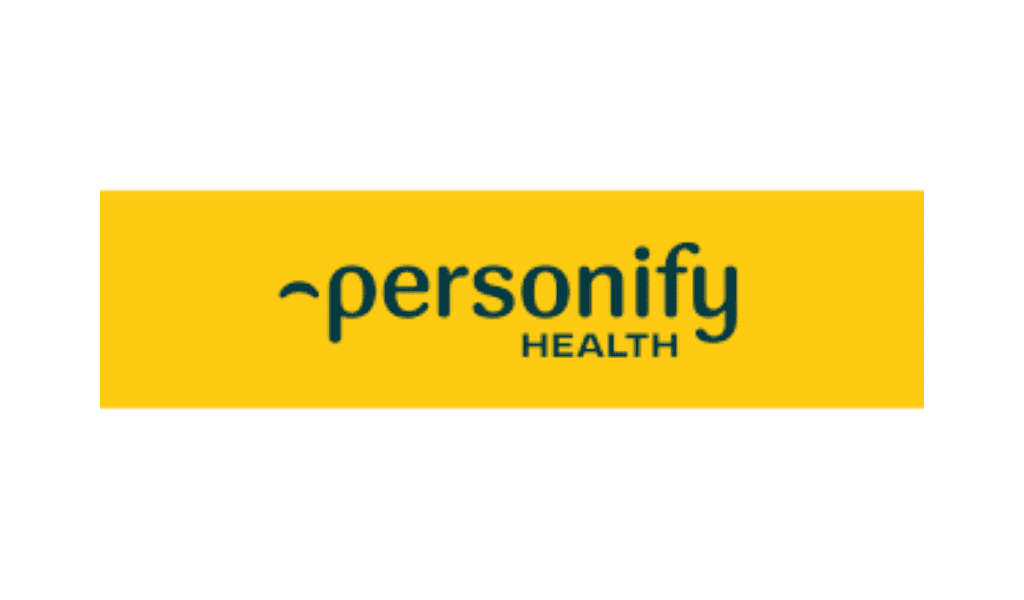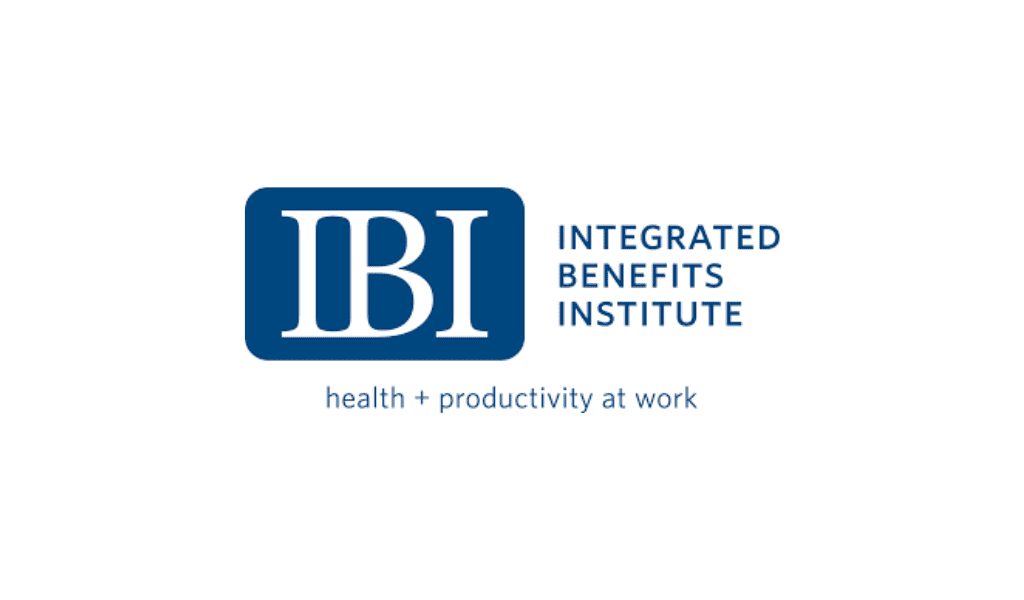Younger employees are putting in more unpaid hours of work to prove themselves in a cross-generational workforce.
By Zee Johnson
In today’s work-from-anywhere landscape, where the office can be a cubicle or a dining room table, younger employees are finding themselves working harder than any other generational cohort. That may be great for company output, but how is it weighing on younger workers overall?
ADP’s People at Work 2023: A Global Workforce View found that younger workers (18- to 24-year-olds and 25- to 34-year-olds) are putting in more hours of unpaid overtime than their older colleagues and are doing so by starting early or staying late and even working during breaks and lunchtimes. On average, they give away eight hours and 30 minutes of “free” work per week, compared to eight hours and three minutes for 35- to 44-year-olds, seven hours and 28 minutes for 45- to 54-year-olds, and five hours and 14 minutes for those 55 and older.
Senior Director of Global HR at ADP, Amy Freshman, says that Gen Z workers in particular feel they must go the extra mile to assure their employers that they take their jobs and careers seriously. “With these changes in how, where, and when work gets done today, along with the demands of our personal lives throughout the workday, it is no surprise that younger workers may feel the need to perform ‘extra work’,” she says. “In return for this flexibility, ‘extra work’ might be meant to show their employer they are committed and engaged perhaps more than they actually are, to help provide increased job security, which may be the end goal.”
The survey also found that feelings of job insecurity are highest among Gen Z, where 50% say they don’t feel secure in their job, double the that of 55 and older workers who say the same (24%). Further, 42% of workers would consider doing unpaid hours to increase the security of their job.
But Gen Z’s extra work doesn’t come without a cost. The survey found that younger people report being more stressed at work, some 13 times per month—the average is 10 times per month for all employees. Gen Z is also the most likely to feel their work is suffering due to poor mental health (54%) and stress (80%).
Freshman says that taking a moment to genuinely check-in with employees is an effective way to gage if workers are feeling overwhelmed and undervalued, or if they need additional assistance. “A check-in is more than inquiring about deliverables. Checking in with your employees is about connecting, asking questions like, ‘How are you doing? How are you feeling? What can I do to best support you?’” she says. “Through the data, it’s clear workers are looking for a caring workplace culture, and there is no better opportunity to foster that type of environment than through the leader/employee relationship, at all levels of the organization.”
Investing in well-being programs is not a bad idea for companies looking to support their employees, but Freshman says the focus needs to be more on making employees feel comfortable enough to actually use them. “Often times, the issue isn’t the variety of programs to support employees, the challenge is getting them to actually use the resources,” she says. “Stigma on mental health continues to be a challenge, which decreases the instances of employees leveraging an employee assistance program, for example. Companies today need to be openly talking about wellness to help open the conversation. Letting them know it’s okay to not be okay may likely have more impact than adding more programs to benefits offerings.”
Freshman says that leading by example is critical and those executives who focus on wellness, prioritize self-care, and share this with their teams, have a higher likelihood of their employees, young and old, doing the same.














